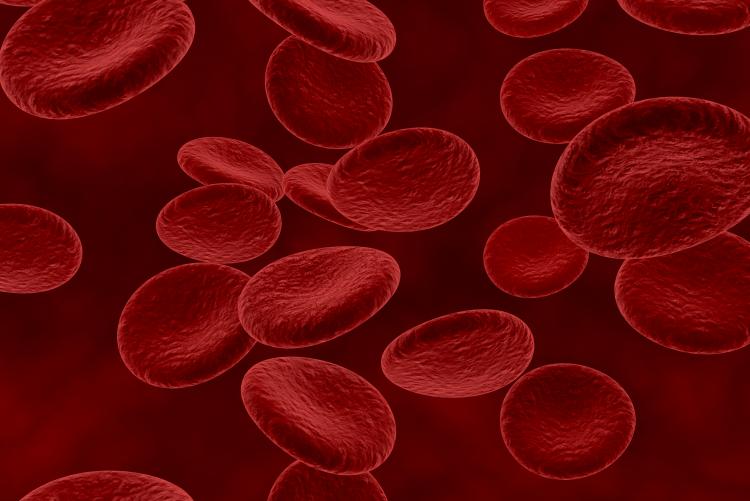Blood transfusion is the process of receiving blood products into ones circulation intravenously.
Transfusions are used in a variety of conditions to replace lost components of blood. Early trans-
fusion used whole blood but modern medical practice commonly uses only components of
theblood such as red blood cells, white blood cells, platelets, plasma, clotting factors. Globally
85million units of red blood cells are transfused in a given year. Blood: -Is a living tissue
composed of cellular elements suspended in a watery fluid calledplasma. Plasma:-its principal
component is water (90%). It also contains (10%) carbohydrates, plasmaproteins, inorganic
constituents such as sodium, potassium, calcium chloride, carbonate, and bi-carbonate; sugar;
hormones; enzymes; fats; amino acids; and such waste products as urea andcreatinine. All these
substances occur in minute quantities. Cellular elements:
- Erythrocytes (R.B.C's).
- Leucocytes
- (W.B.C's).
- Thrombocytes (Platelets).
Functions:
- Erythrocytes:- Transport oxygen from lungs to tissues.Carries oxygen combined with hae-moglobin from the lungs to tissues and carbon dioxide from tissues to lungs.
- Leucocytes:- Defence mechanism.-Divided into two Granulocytes and Agranulocytes.Granulocytes contain granules in the cytoplasm. Agranulocytes don’t have granules in the cytoplasm.
- Granulocytes:
- Neutrophils.
- Basophils.
- Eosinophils.Agranulocytes
- Lymphocyte, small/large.
- Monocytes.Neutrophils:Ingest foreign bacteria by phagocytosis.

